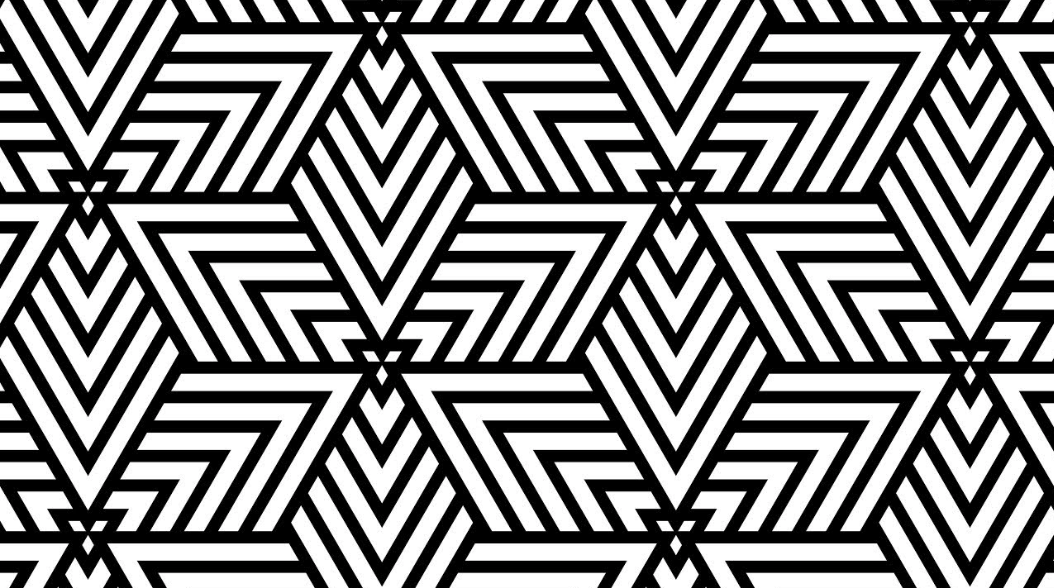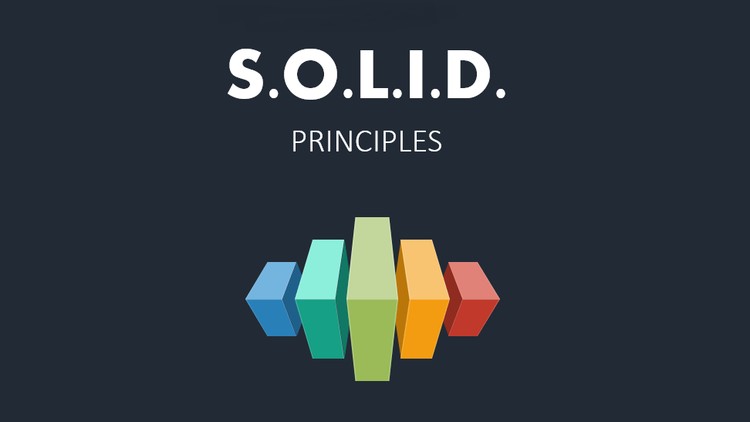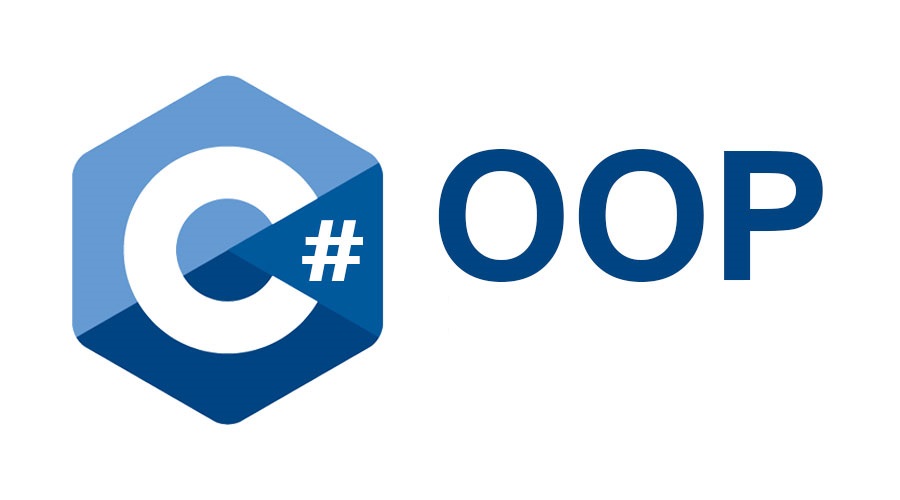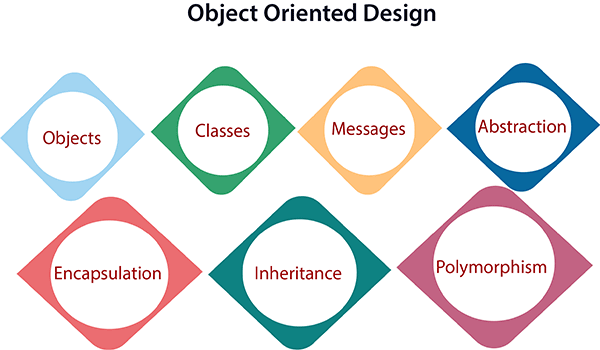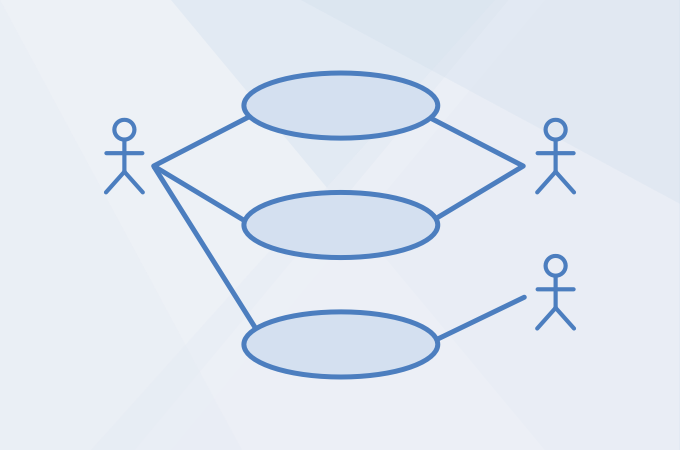Wondering what to do with your life?
December 14, 2021

First priority: Your physical health. (No health → no life.) Second priority: Reasonable financial security. (No food → no health.) Third priority: Good relationships with friends and family. (Depressed → no mental health.) After that you can do whatever. The game you’re playing doesn’t have any rules, and there’s no way to win. Source: https://dynomight.net/about.html

